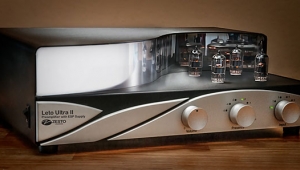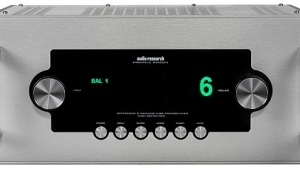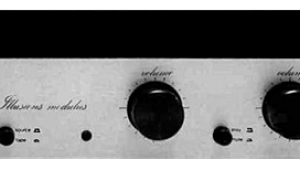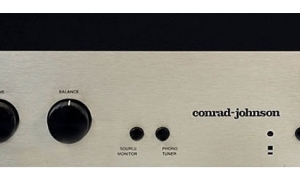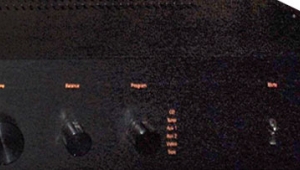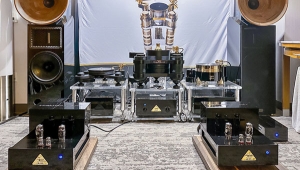| Columns Retired Columns & Blogs |
(edited to clarify)
More properly noise sums as RMS sums of the contributions of the various sources of noise.
Random noise separately generated on different signal paths does not correlate in a downstream difference sum, so does not cancel.
Within an amplifier you get linear distortion and nonlinear distortion and inherent noise (also a nonlinearity), and in the many ways that these are modulated and shaped and combined.
This inherent noise is the noise that I am referring to. I am not referring to external interference.












